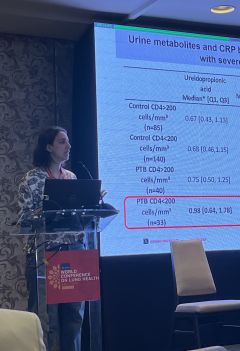
Photo 1: (From left to right) Dr. Kathryn Dupnik, Dr. Kathleen Walsh, Dr. Jyoti Mathad, Dr. Melanie Dubois, Dr. Andrea Doltrario
In November 2024, two of our TRAC grant recipients – Dr. Kathleen Walsh and Dr. Andrea Doltrario, two investigators supported by NYC TRAC – Dr. Melanie Dubois and Dr. Kathryn Dupnik, and a Clinical Science Expert in NYC TRAC – Dr. Jyoti Mathad, joined and gave presentations at the Union World Conference on Lung Health 2024, which occurred in Bali, Indonesia. The details of oral research presentations by Dr. Walsh and Dr. Doltrario are below.
Dr. Kathleen Walsh: Pharmacokinetics of bedaquiline in sputa from adults with drug-resistant tuberculosis in Haiti
When new anti-tuberculous drugs are developed, drug concentrations are tested in plasma and not at the site of disease. Sputa may partially reflect secretions that come from pulmonary cavities; drug concentrations in sputa may be a surrogate for drug penetration into pulmonary lesions. We tested sputa and plasma in adults with pulmonary multidrug/rifampin-resistant tuberculosis (MDR/RR-TB) to evaluate the levels of bedaquiline and companion drugs after 14 days of treatment. Pyrazinamide and levofloxacin partition favorably into sputum, while bedaquiline and clofazimine exhibit low sputum/plasma concentration ratios after two weeks of daily treatment, potentially creating time at the beginning of therapy where there are only 1-2 effective medications in cavity caseum. Given the long duration required to reach steady state for clofazimine and bedaquiline, we hypothesize that higher ratios may be achieved as therapy progresses.
Dr. Andrea Doltratrio: A urinary biomarker study of tuberculosis immunopathology in ART naïve PLWHA
Our group previously identified elevations in ten urine metabolites in a mostly HIV-negative population of patients with pulmonary TB. Here, we sought to test if these metabolites were also elevated in a cohort of treatment-naive patients living with HIV/AIDS (PLWHA) and pulmonary TB (PTB). Previously identified urinary biomarkers of TB were only partially validated in PLWHA. Immune defense against Mtb in PLWHA relies less on CD4 cells and CD4-derived IFN gamma-mediated immunity and more on other pathways such as IL-6, which regulates CRP, and other potential triggers of indoleamine 2,3-dioxygenase activity. These findings showcase PTB as a diverse immunopathologic entity rather than a discrete microbiologic infection, suggesting that inflammatory markers may vary across patient cohorts.
Photo 2: Dr. Doltratio giving her oral presentation

